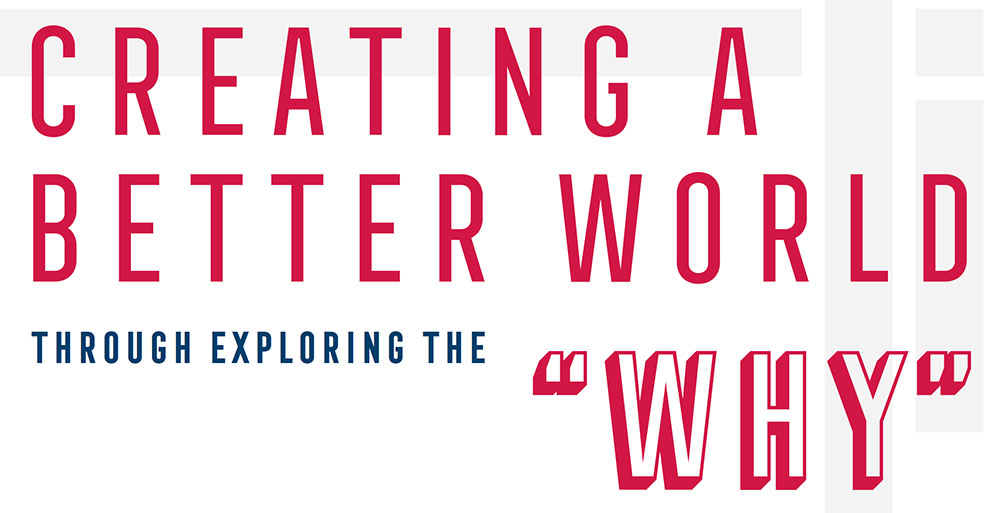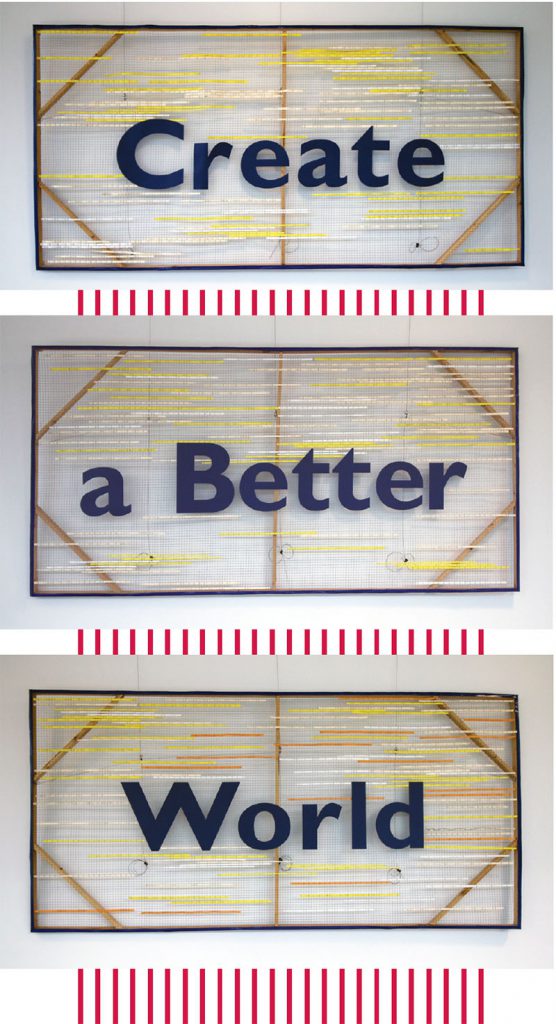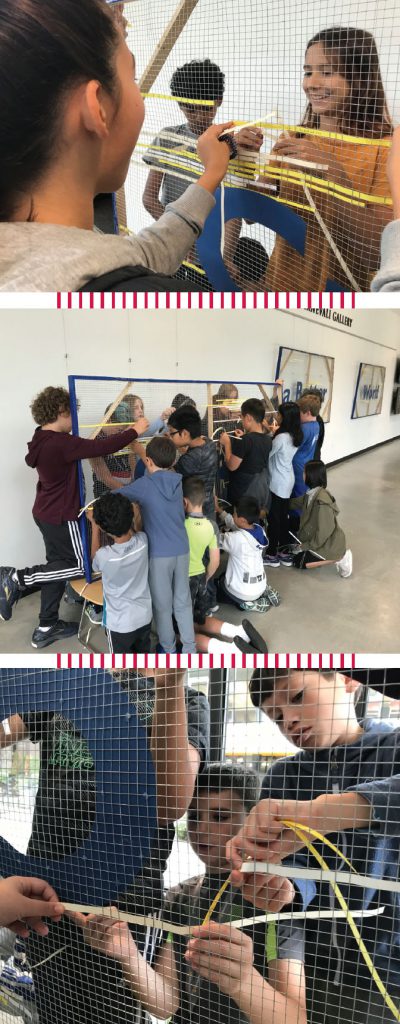
 By Brian Hutcheson, Director of Fine and Performing Arts
By Brian Hutcheson, Director of Fine and Performing Arts
THE “WHY”
THE MISSION STATEMENT OF EASTSIDE PREP IS A CONSTANT throughout our classrooms, the acronym for which is the name of our newest building, chanted by students in our opening school assembly, and etched into the minds of our community. I was amazed at this when I first arrived at EPS. The mission was rarely so present in day-to-day interactions at the school where I previously worked. Eastside Prep’s is eight words and constantly referenced in the work we do, from framing classroom activities to curricular design. At the same time, our vision statement to “inspire students to create a better world” is also present in every class but sometimes gets referenced a bit less than the mission. Pondering these tools of our institution helped me to connect the two together and I began to think of the vision as our “Why” and the mission as the “What.” Inspiring students to create a better world was our reason for engaging in the work of educating our students. Thinking critically, acting responsibly, leading compassionately, and innovating wisely are what we do to achieve that vision.
HOW DO WE MAKE THE “WHY” OF WHAT WE DO MORE PRESENT? HOW DO WE ENGAGE THE COMMUNITY IN THIS ACTIVITY?
While not hidden, the vision often plays second fiddle to the mission statement. This past summer as I was thinking about the next installation in our art gallery that would fill the space between shows of student work, I wondered what we might design to create more discussion around the vision. How do we make the “why” more present to each student, faculty and staff member, and family? How do we make the “why” concrete and within reach of each member of our community? Amis Balcomb, one of our arts faculty, and I began exploring these questions together.
Very quickly we identified the desire to have community members contributing to a collaborative installation. One of our sources of inspiration led us down the path of exploring cross-stitch art. While the use of a grid as a container for words and images attracted us, it became clear that the scale needed to fill the gallery would require a significant time commitment to make the cross-stitch pattern work. We held on to the idea of the underlying grid and continued to expand on it, landing on a shorter version of the vision forming the foundation for the collaborative installation. The vision moved from a statement of purpose to a command in our installation: “Create a Better World.” The physical construction of the words upon the grid progressed quickly and we continued to explore ways for community members to engage in the work. Taking more inspiration from fiber art traditions, we experimented with weaving strips of paper into a wire grid.

Above: Members of Ms. Balcomb’s Art Meets Tech class (fall trimester) begin the community conversation around creating a better world through their word-weaving.
HOW DO WE MAKE THE “WHY” A COMMUNITY CONVERSATION?
The process of weaving strips of paper into the grid was a success but led us to a bigger challenge: how do we facilitate a community conversation around the vision and capture those with these strips of paper? We began small and engaged one class of fifth- and sixth-grade arts students with a small experiment.
We asked the students in the class how they might create a better world within the art studio. What actions might they take to care for one another and the physical space? What words might they use to build a culture of support within the art studios? We then asked students to write down their responses on strips of paper. A few students volunteered to read their contributions aloud and then we had each student weave their response into the wire grid. We were surprised with the success of this experiment. The conversation generated through the activity helped students connect their day-to-day experiences with the school vision, and they thoroughly enjoyed the activity of weaving their words into the installation. The initial experiment also helped us to scale the experience to the right number of initial questions and refine our logistics. With such a positive start, we began to engage more and more classes in this activity, tailoring the questions to the subject of the class and the age range, having each class take a moment to reflect and then to weave their response into the installation.
WHERE ARE WE IN THE PROCESS AND WHERE ARE WE HEADED?
The installation is an ongoing process. The arts classes have tested the experience and we hope to branch out to other academic disciplines. We will be working to engage each discipline to craft questions relevant to their content area and the age range of their students. Our hope and goal is to continue contributing to the installation with the responses of our community, encouraging each of us to take a moment to ponder the “why” and ask the question of how we might make contributions—big and small—to create a better world.
HOW DO WE MAKE THE “WHY” A COMMUNITY CONVERSATION?
The process of weaving strips of paper into the grid was a success but led us to a bigger challenge: how do we facilitate a community conversation around the vision and capture those with these strips of paper? We began small and engaged one class of fifth- and sixth-grade arts students with a small experiment.
We asked the students in the class how they might create a better world within the art studio. What actions might they take to care for one another and the physical space? What words might they use to build a culture of support within the art studios? We then asked students to write down their responses on strips of paper. A few students volunteered to read their contributions aloud and then we had each student weave their response into the wire grid. We were surprised with the success of this experiment. The conversation generated through the activity helped students connect their day-to-day experiences with the school vision, and they thoroughly enjoyed the activity of weaving their words into the installation. The initial experiment also helped us to scale the experience to the right number of initial questions and refine our logistics. With such a positive start, we began to engage more and more classes in this activity, tailoring the questions to the subject of the class and the age range, having each class take a moment to reflect and then to weave their response into the installation.
WHERE ARE WE IN THE PROCESS AND WHERE ARE WE HEADED?
The installation is an ongoing process. The arts classes have tested the experience and we hope to branch out to other academic disciplines. We will be working to engage each discipline to craft questions relevant to their content area and the age range of their students. Our hope and goal is to continue contributing to the installation with the responses of our community, encouraging each of us to take a moment to ponder the “why” and ask the question of how we might make contributions—big and small—to create a better world.

